Kanjivaram Silk Sarees vs. Banarasi Silk Sarees: A Comparison

Silk sarees are well known for their rich cultural heritage, stunning craftsmanship, and timeless elegance. There are various types of silk sarees; among them, Kanjivaram and Banarasi silk sarees are two of the most celebrated and popular picks. In this article, we will explore the world of Kanjivaram and Banarasi silk sarees.
The Story of Kanjivaram Silk Sarees
Originating from the town of Kanchipuram in Tamil Nadu, India, Kanjivaram sarees are also known as Kanchipuram sarees. Traditionally crafted with pure mulberry silk, the elaborate zari work bestows a majestic elegance on these sarees.
The Heritage of Banarasi Silk Sarees
In contrast, Banarasi silk sarees trace their roots to the city of Varanasi, formerly called Banaras, in Uttar Pradesh, India. Woven from exquisite silk and embellished with luxurious zari and brocade designs, Banarasi sarees frequently showcase intricate floral patterns and motifs inspired by the Mughal era.
Design and Weaving Techniques
Kanjivaram sarees are distinguished by their broad, contrasting borders, frequently adorned with temple designs, checks, stripes, and classic motifs like peacocks and elephants.
In contrast, Banarasi sarees are celebrated for their intricate brocade work, featuring delicate patterns and metallic threads that produce a captivating shimmering effect.
Patterns and Motifs
Kanjivaram sarees frequently draw inspiration from nature, incorporating elements like religious symbols and depictions from renowned epics such as the Ramayana and Mahabharata.
On the other hand, Banarasi sarees boast an extensive array of designs, featuring intricate floral patterns, foliage motifs, and artistic renderings of animals and birds, beautifully reflecting the opulent cultural heritage of Varanasi.
Color Palette
Kanjivaram sarees stand out for their vibrant and striking color combinations, rendering them ideal choices for weddings and celebratory events. Conversely, Banarasi sarees often exhibit more subtle and pastel shades, making them suitable for various occasions, ranging from weddings to formal gatherings.
Weight and Texture
Kanjivaram sarees are relatively heavier due to the dense weaving of silk and zari, giving them a luxurious feel. In contrast, Banarasi sarees are lighter in weight, allowing for comfortable draping and carrying despite their opulent and lavish appearance.
Maintenance and Care
Both Kanjivaram and Banarasi sarees require careful maintenance. Dry cleaning is the recommended method to ensure the preservation of their exquisite beauty and long-lasting durability.
Occasions and Cultural Significance
In South Indian weddings, Kanjivaram sarees hold a prominent position, symbolizing tradition and prosperity. Conversely, in North Indian weddings, Banarasi sarees play a vital role, representing opulence and royalty.
Pricing and Affordability
Kanjivaram sarees typically come with a higher price tag, primarily because of the intricate craftsmanship and the use of pure mulberry silk and precious metals for zari work. On the other hand, Banarasi sarees, while equally luxurious, are comparatively more affordable, making them accessible to a wider range of customers.
Popularity in India and Worldwide
Kanjivaram and Banarasi silk sarees have transcended regional boundaries and gained recognition worldwide. Their timeless appeal and cultural significance have made them beloved choices for women across the globe.
The Best Choice: Kanjivaram or Banarasi?
Choosing between Kanjivaram and Banarasi sarees hinges on individual preferences, occasions, and budgets. For those seeking vibrant colors and striking designs, Kanjivaram sarees are a perfect match, while Banarasi sarees cater to those who value delicate craftsmanship and subtle elegance.

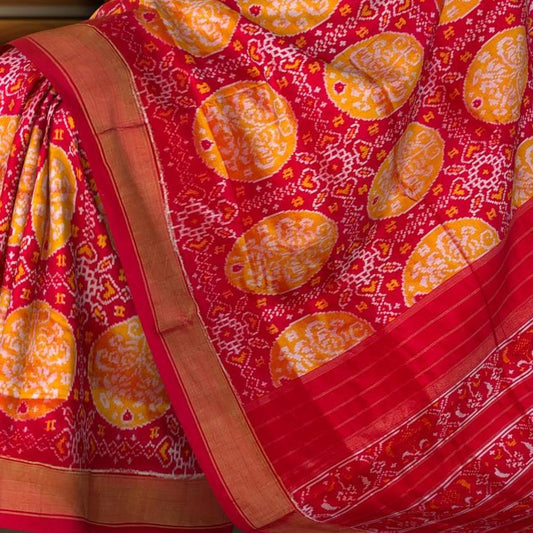
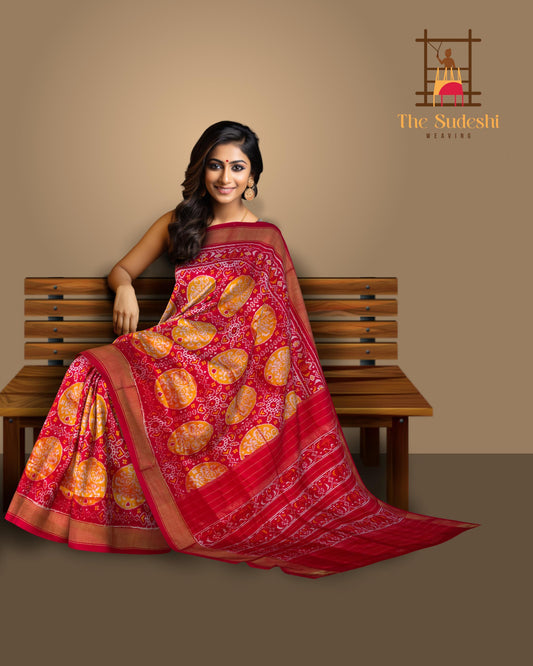
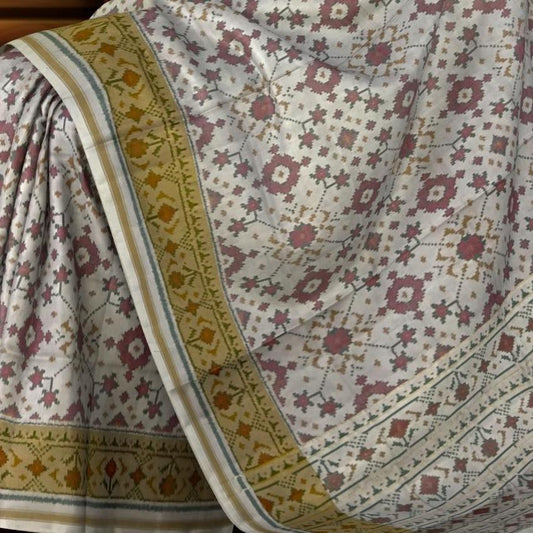
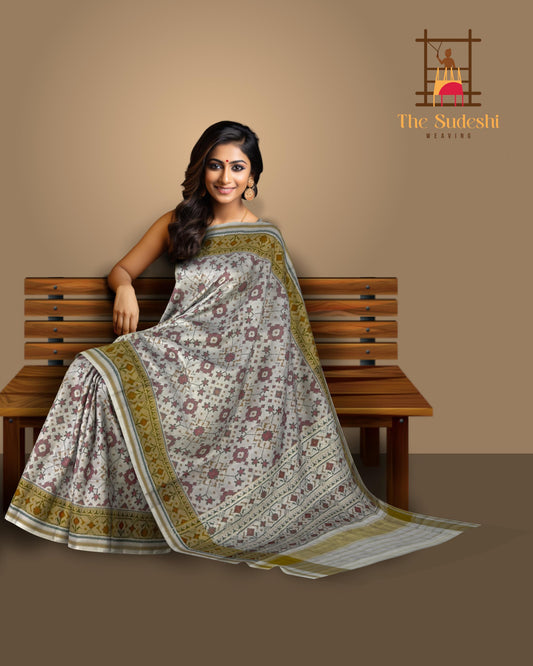
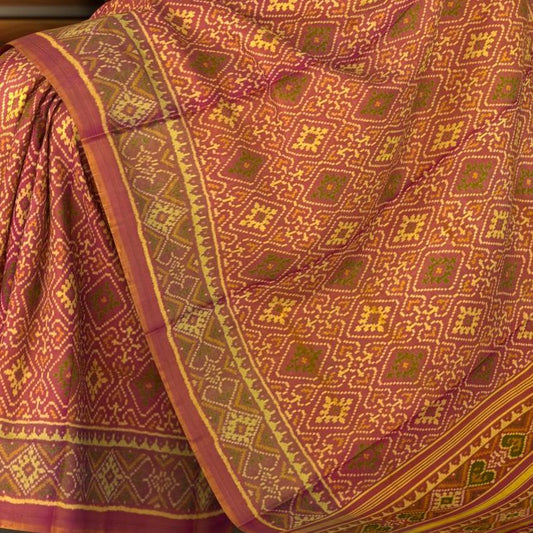
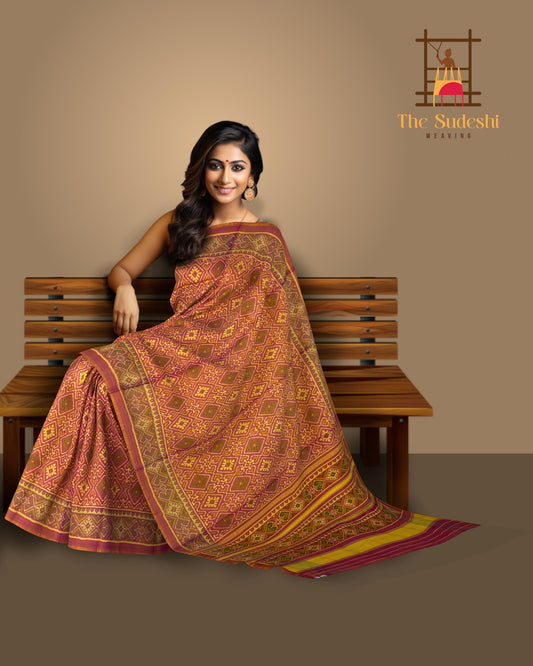
Leave a comment
Please note, comments need to be approved before they are published.